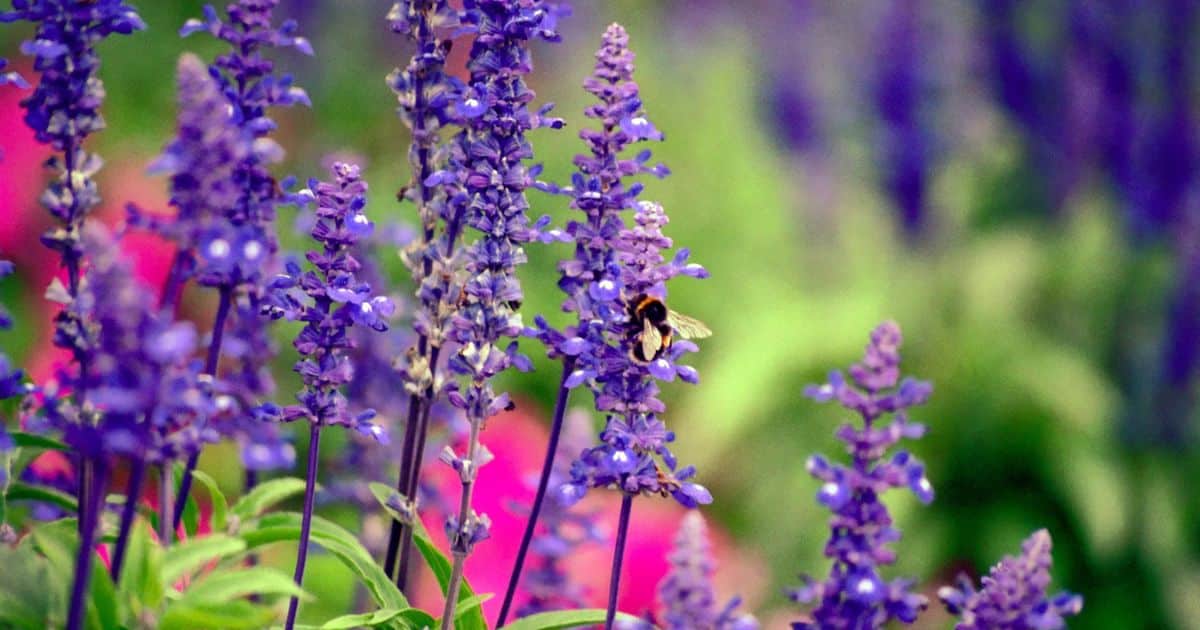Wildflowers bring vibrant pops of color and texture to gardens, meadows, and roadsides. Their free-spirited beauty is iconic. But are these delicate-looking blooms actually hardy perennials that return year after year?
The answer is more complex than a simple yes or no. Wildflowers include a diverse range of flowering plants with different life cycles. These plants are a mix of annuals, short-lived perennials, and long-lived perennials; some live for just a single season before setting seed and dying, while others live more than a year, but don’t necessarily produce seeds each growing season. To understand if wildflowers are perennials, let’s first look at the key differences between annuals and perennials.
What are Perennials and Annuals?
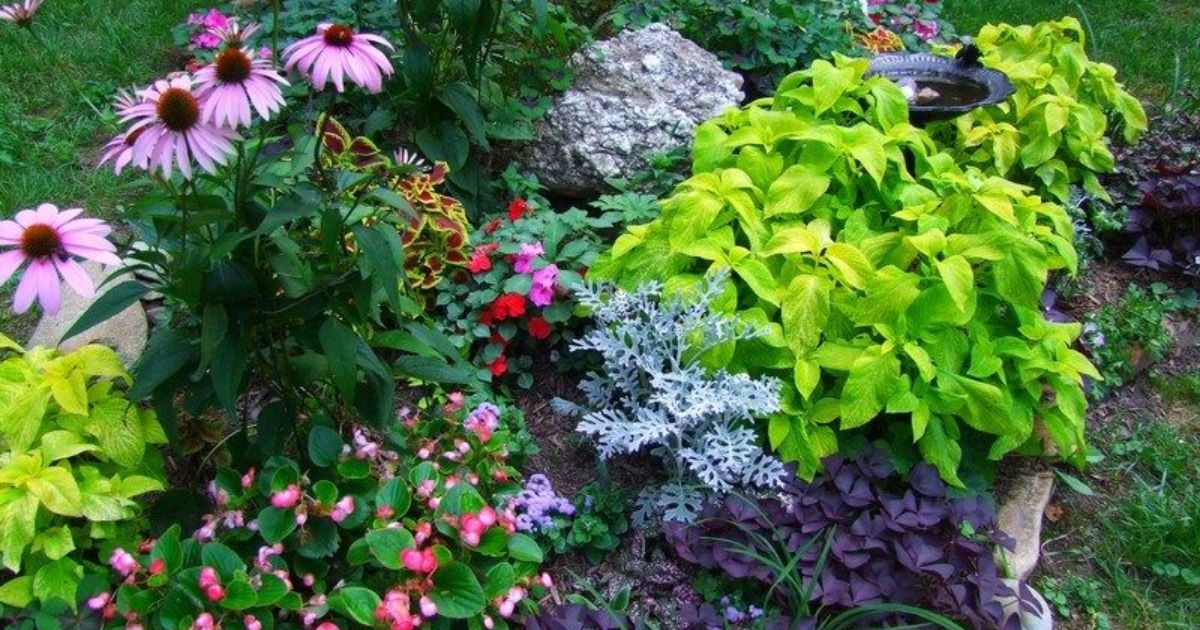
Annual plants complete their entire life cycle in one growing season. They germinate from seeds, grow, flower, set new seeds, and die all within a single year. Some well-known annual flowers include zinnias, marigolds, petunias, and cosmos.
Annuals must be replanted each year from seed. They are great for fast color in flower beds and containers where you want continuous change. Annual wildflowers include poppies, cornflowers, sunflowers, and bachelor’s buttons. Perennials are plants that persist for multiple growing seasons. They live year after year, often spreading larger via roots, rhizomes, bulbs or stolons. Perennials regrow each spring from overwintering plant parts. They flower and set seeds at certain points during their lifespan.
Some examples of perennial garden flowers include peonies, irises, daylilies, and hostas. Perennial wildflowers, meanwhile, include black-eyed Susans, coneflowers, and asters. The key advantage of perennials is that they come back on their own year after year once established. This makes them lower maintenance than annuals that must be replanted.
Are All Wildflowers Perennials?
With this perennial vs. annual definition in mind, it becomes clear that not all wildflowers are perennials. Many wildflowers behave as annuals, living just one season. Others are short-lived perennials that may survive 2-3 years in ideal conditions. Only some are long-lived perennials that thrive for many seasons.
Here’s a breakdown of common annual, short-lived perennial, and long-lived perennial wildflowers:
Common Perennial Wildflowers
- Black-eyed Susan
- Purple coneflower
- Bee balm
- Blazing star
- Asters
- Goldenrod
- Wild columbine
- Wild ginger
- Meadow rue
- False Solomon’s seal
These perennial wildflowers reliably return each year once established and are the best bets for naturalizing. They have extensive root systems that help them overwinter and regrow vigorously.
Common Annual Wildflowers
- Corn poppy
- Blue flax
- Cosmos
- Coreopsis
- Bachelor’s buttons
- California poppy
- Sweet alyssum
- Catchfly
- Scarlet pimpernel
- Nemophila
These wildflowers complete their life cycle in one season. They grow quickly from seed, flower, set seed, and die. You’ll need to reseed them annually for continued floral displays.
Short-Lived Wildflower Perennials
- Platycodon
- Wild Columbine
- Lupine
- Delphinium
- Yarrow
- Foxglove
- Lavender Hyssop
- Coral Bells
- Bee Balm
These perennials may live 2-4 years in ideal conditions before naturally dying out. Some are short-lived simply due to regional climate challenges. Others have been hybridized for showier flowers at the expense of their natural perennial traits. Expect to reseed or replant them more frequently than other perennials. As you can see, wildflowers run the gamut from ephemeral annuals to tenacious long-lived perennials that faithfully return each year and gradually spread to form impressively large colonies.
What Makes Some Wildflowers Perennial?
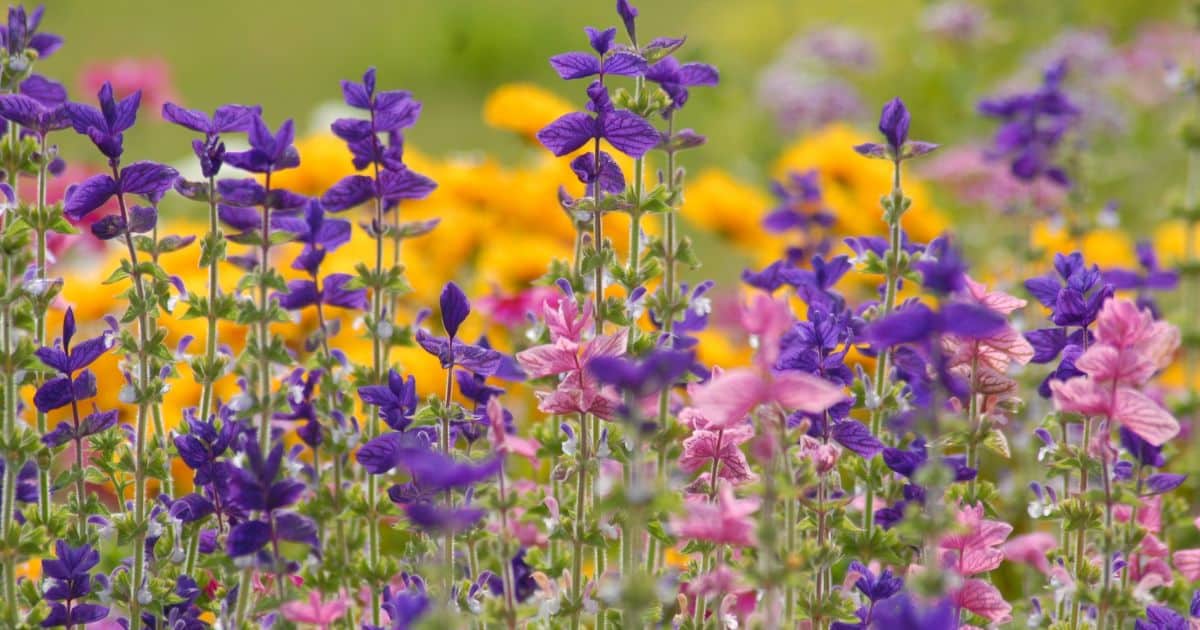
Certain key traits equip wildflowers to survive multiple growing seasons as herbaceous perennials:
Extensive root systems: Long taproots, rhizomes, and spreading lateral roots give perennial wildflowers access to water, nutrients and energy needed to overwinter and regrow.
Winter hardiness: Adaptations like dying back above ground while their roots survive make some wildflowers very cold hardy.
Self-seeding: Many perennial wildflowers self-sow readily, producing offspring to replace older plants.
Vigorous growth: Fast-growing, dense perennial wildflowers compete well with weeds and fill their space successfully.
Dormancy: Some wildflowers go dormant after flowering and remain alive underground as a bulb, corm or root crown.
Regional suitability: Wildflowers native to an area will have innate perennial abilities in their adapted climate. Some spread rampantly in ideal growing conditions.
These traits allow hardy wildflower perennials to return dependably, even after hard winters or droughts. This makes them excellent choices for low-maintenance, ecologically friendly gardens and meadows.
Benefits of Perennial Wildflowers
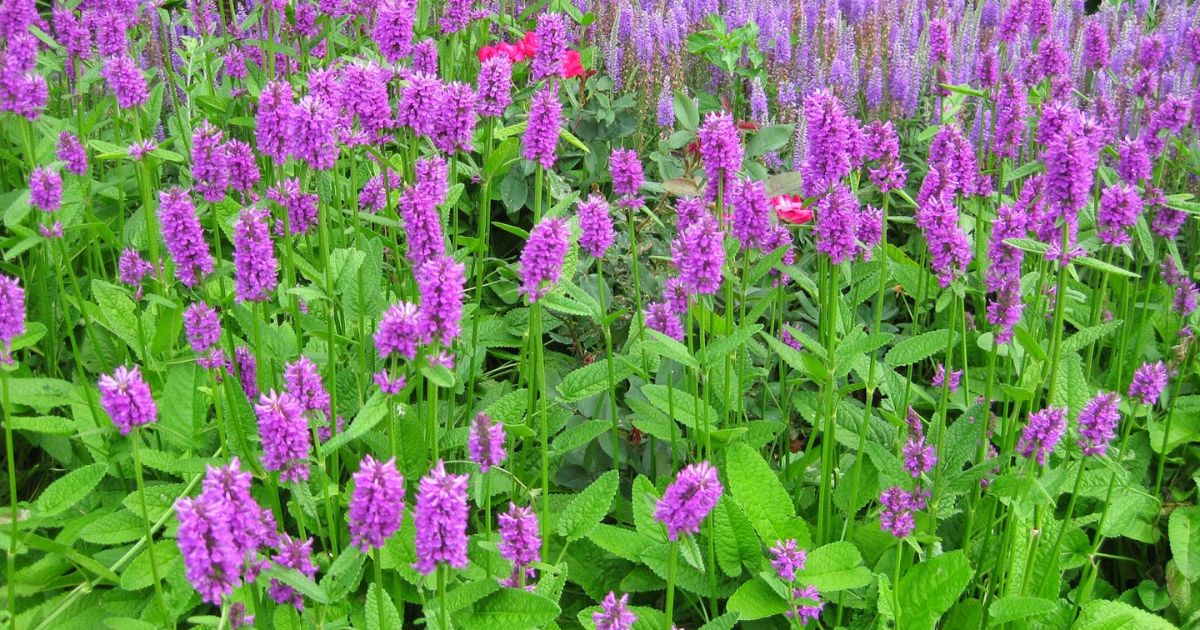
There are many excellent reasons to grow perennial wildflowers in your garden:
Low maintenance: Perennial wildflowers are self-sustaining once established and require less work than annuals.
Sustainability: They reduce the need to replant each year, saving time and resources. Their deep roots help build soil health over time.
Flowers for years: Well-chosen perennials produce waves of seasonal bloom year after year for multiple seasons.
Attract pollinators: The nectar-rich, high-pollen flowers of wild perennials nourish bees, butterflies and hummingbirds.
Self-seeding: Many wild perennials scatter seeds that sprout into new plants, expanding your flower garden for free.
Appeal to birds: Insects attracted to the flowers provide food for birds. Birds eat wildflower seeds and take shelter in the foliage.
Cut flowers: Wild perennials like coneflowers, asters and black-eyed Susans make long-lasting cut flowers.
Natural look: The informal, loose appearance of wildflowers fits perfectly in naturalistic gardens and meadow landscapes.
Perennial wildflowers offer reliability along with diverse colors, shapes, scents and heights to create stunning, sustainable gardens that support wildlife all season long.
Downsides of Perennial Wildflowers
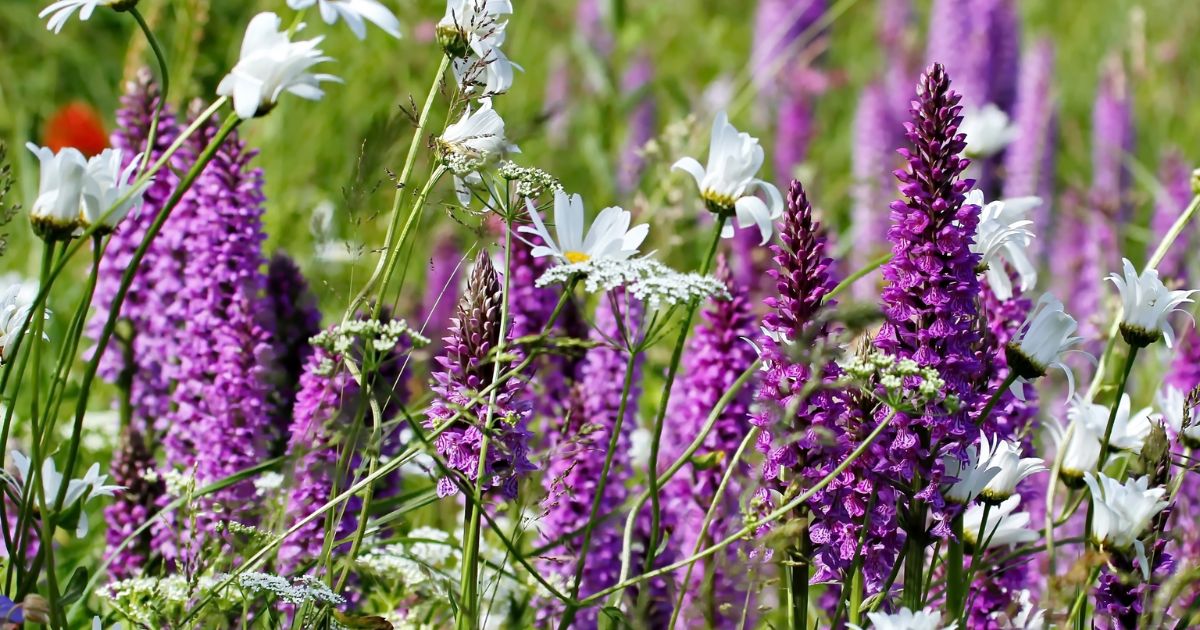
Perennial wildflowers do have some drawbacks:
Can be aggressive spreaders: Wildflowers that self-sow freely and spread aggressively like goldenrod or bee balm can outcompete other plants and require control.
May crowd out wanted plants: Their profuse growth and spreading habit mean they need ample room. Without occasional editing they may overtake neighboring plants.
Don’t always play well with others: Some wildflowers, especially tall or sprawling types, lend a weedy look when intermingled with neatly groomed garden plants. Separate wildflower islands or borders may suit formal gardens best.
Dependable but not everblooming: While their seasonal cycles are reliable, perennial wildflowers bloom for just part of the year unless you plant a sequence of early, mid and late bloomers.
Prone to specific problems: Certain wildflowers are prone to foliar diseases, powdery mildew, aphids, Japanese beetles and other issues that require occasional intervention.
May need staking: Tall, top-heavy perennials like delphiniums and lupines must be staked for support
Benefit from division: Mature clumps of wildflowers can benefit from dividing every few years, which adds light labor.
With smart placement and occasional maintenance like staking, dividing, and editing, the advantages of wild perennials far outweigh any downsides. Learn to work with their natural tendencies and you’ll be rewarded with beauty and ecosystem benefits.
Examples of Popular Perennial Wildflowers
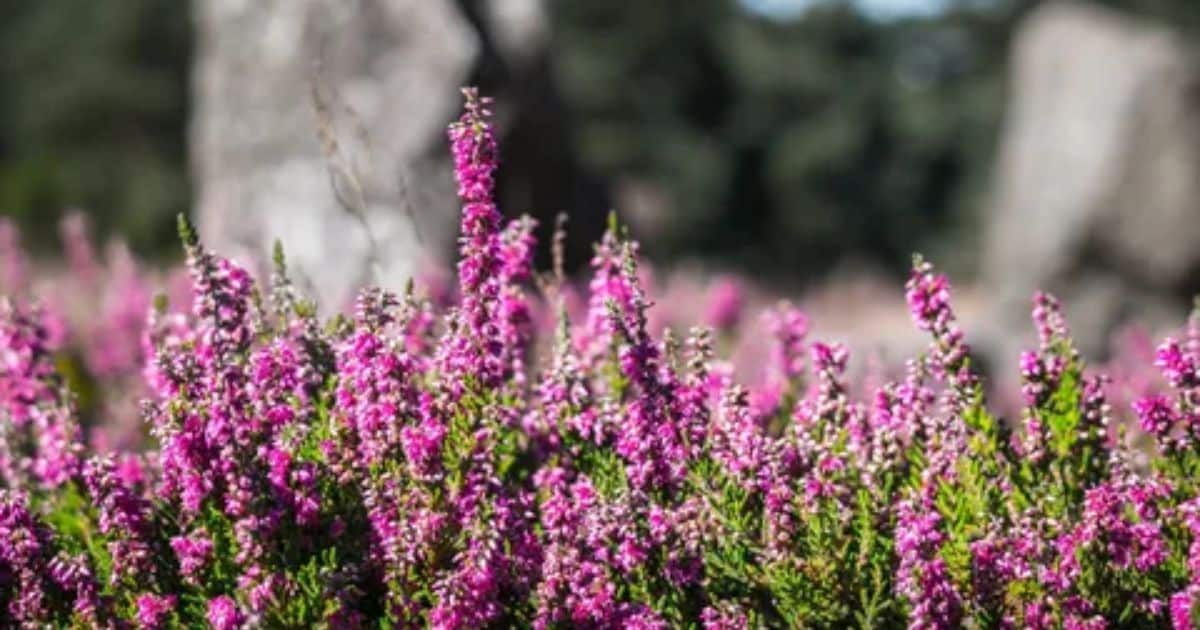
Here is more detail on several of the best-loved, most dependable perennial wildflowers for American gardens:
Black-eyed Susan
Beloved for its cheerful golden daisy flowers with dark brown centers, this tough wildflower thrives across the U.S. It spreads moderately via self-seeding and makes an outstanding cut flower. Deadhead spent blooms for neater appearance.
Purple Coneflower
Known for its medicinal roots and colorful flowers with flattened, spiky dark centers, this classic perennial blooms nearly all summer and attracts pollinators. It spreads slowly by rhizomes and reseeds readily. Leave seed heads for birds in winter.
Bee Balm
Grow bee balm for its fragrant leaves and shaggy flowers in shades of red, pink, purple and white that bloom mid to late summer. Hummingbirds adore it, hence its other name, hummingbird mint. Divide it every few years to control spread.
Blazing Star
With its tall spikes of purple, pink or white flowers rising above thick grassy leaves, the blazing star adds a distinctive vertical element to prairie gardens. This long-blooming plant is deer and rabbit resistant. Divide clumps when they get overcrowded.
Asters
This diverse group of wildflowers blooms prolifically in late summer and fall with clouds of daisy-like flowers in varying heights and colors like white, blue, purple, and magenta. Asters spread nicely to form bushy colonies. Deadhead spent blooms to encourage rebloom.
Goldenrod
A classic wildflower famous for its burst of golden-yellow plumes in late summer and autumn. It spreads freely by rhizomes to form large stands. Interplant it with later bloomers like asters that can take over when it fades.
Wild Columbine
The exotic, red and yellow spurred flowers of wild columbine are unique favorites of hummingbirds. This short-lived perennial readily self-seeds for a free increase in plant numbers each year. Grow it in partial shade in well-drained soil.
Maximizing Success with Wildflower Perennials
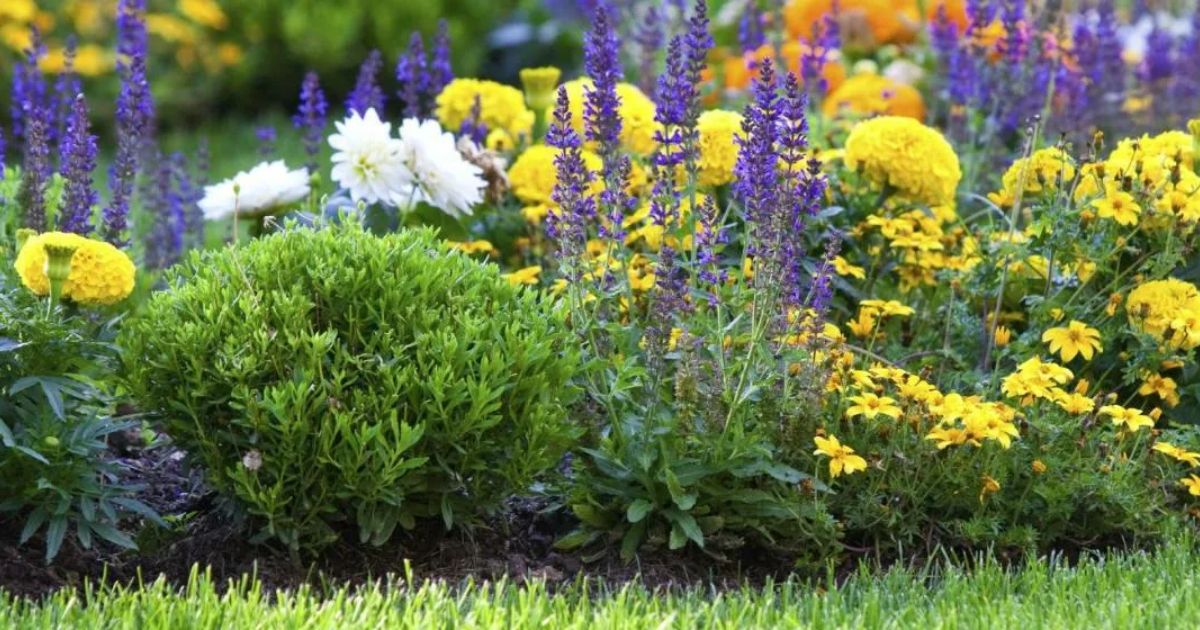
Follow these tips to get the most satisfaction from perennial wildflowers:
- Select types suited to your growing zone and conditions. Native species are ideal choices. Ask for local ecotype seeds.
- Prepare soil well by amending with compost to improve fertility and drainage where needed.
- Sow seeds or plant nursery starts at the recommended time for your climate. Fall planting works well for many perennials.
- Water new plantings consistently until established; reduce frequency for mature plants.
- Make sure young plants get sufficient sun. Watch for problems with powdery mildew or aphids.
- Label plants to remember what and where you planted. This helps with any maintenance like staking, cutting back, or dividing.
- Give wildflowers room to thrive and spread. Cite them away from areas where you don’t want dense growth.
- Combination planting with grasses, bulbs and complementary perennials creates stunning, balanced meadow gardens.
- Remove spent flowers to encourage rebloom and curb rampant self-seeding. But leave some for winter interest and birds.
- Divide big clumps every 3-4 years in early spring or fall and replant divisions to renew growth.
With smart plant choices suited to your climate and proper care, wild perennials will reward you with years of effortless beauty and a haven for pollinators. Allow these tough yet delicate-looking flowers to add their special grace to your garden.
FAQ’s
Do wildflowers come back each year?
Some wildflowers are annuals that only live one year, while others are perennials that come back year after year. The perennial varieties have adaptations like deep roots that allow them to survive winters and regrow each season.
Are any wildflowers perennials?
Yes, many beautiful wildflowers like black-eyed susans, purple coneflowers, and asters are perennial plants that regrow each spring after going dormant for winter. Their roots persist underground even though their top growth dies back over winter.
Will wildflowers reseed themselves?
Certain wild perennials readily self-seed, scattering new seeds around the parent plant that become new plants. Popular examples that self-sow include columbines, foxgloves, lupines, and some coneflowers.
Conclusion
Wildflowers include both short-lived annuals and perennials that persist for many years. The perennials have traits like deep roots and self-seeding ability that allow them to return reliably each season. Mix annuals for quick color and perennials for long-term floral displays.
Perennial wildflowers are hardy plants that come back year after year once established. Their robust root systems allow them to survive winter dormancy and regrow vigorously the following spring.
